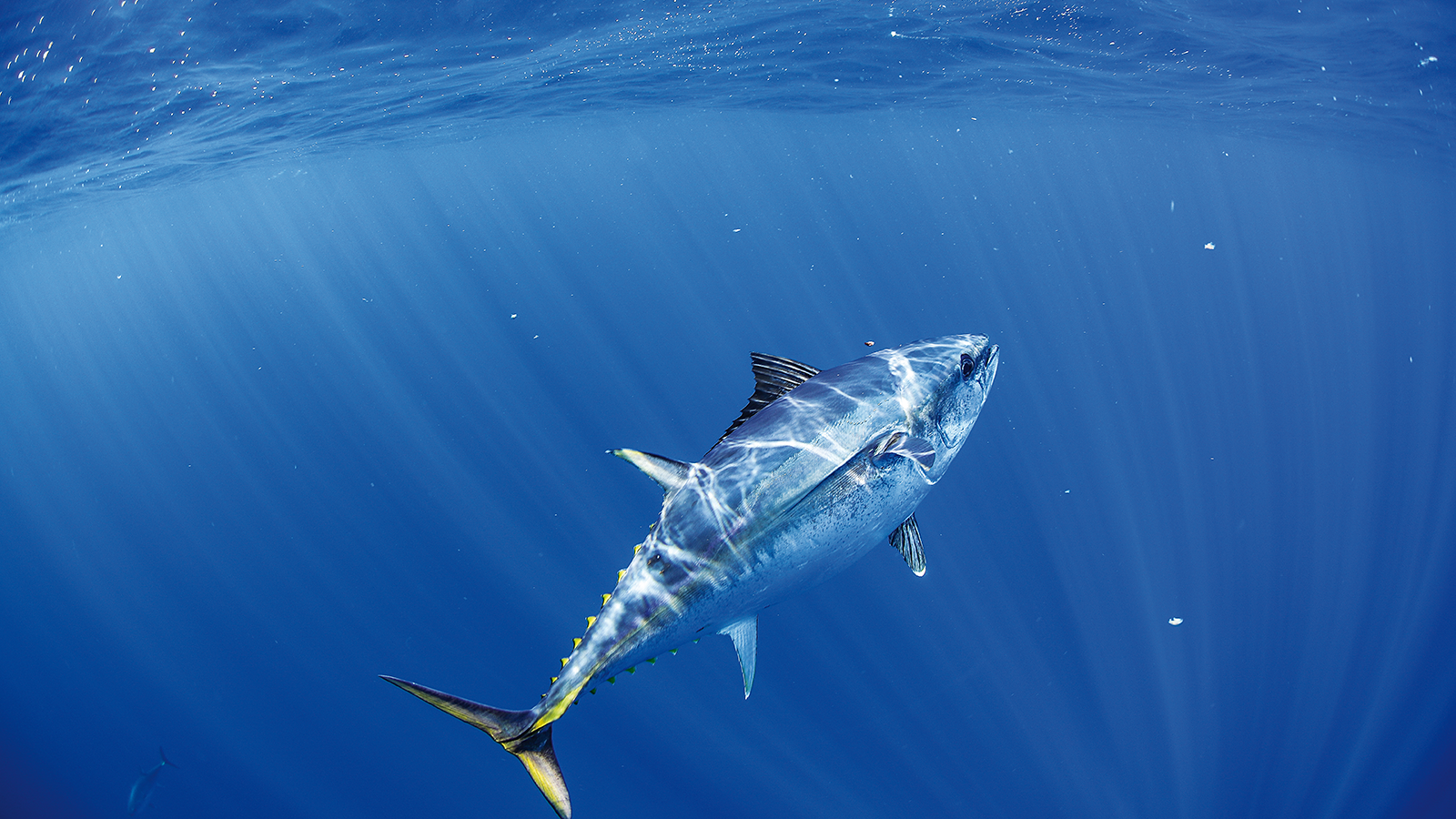Overview
The Fisheries Research and Development Corporation (FRDC) is calling for applications that address research, development & extension (RD&E) priorities nominated by the FRDC’s stakeholders.
The nominated RD&E priorities for investment are outlined below in the current calls for opportunities. Applications that address multiple priorities are encouraged where practical.
Applicants may also submit an application that aligns to the FRDC R&D Plan 2020-25 but does not address a nominated priority. Please note, preference may be given to applications that address nominated priorities. If you do wish to submit an application that does not address a nominated priority, it is recommended that you consult with the relevant stakeholder group(s) and expected end users to ensure that research concepts have the support of beneficiaries. Support can be demonstrated through project cash contributions, in-kind contributions, incorporation of end users into the concept and formal letters of support.
Requirements
Each application must clearly outline:
- how it will meet the relevant identified priority or a specific opportunity if not addressing an identified priority
- achievable project objectives which respond to the priority or need
- proposed methods to achieve the objectives
- project outputs and outcomes including adoption pathways to impact.
A realistic budget that reflects the activity to be undertaken is to be provided along with justification for the budget request. Where appropriate, applicants should demonstrate collaboration with other relevant research providers and end users. Proposed projects should consider past and current research to avoid duplication and build on previous outputs.
Once submitted, FRDC will assess each application as well as seeking an external review by end users and/or technical experts.
See more information on FRDC’s process for Applying for Funding.
Investment Call Webinars
Research Partners - February 2025
Research partners - July 2023
FAQs
For answers to commonly asked questions, please visit our FAQ page.
* * *
All applications MUST be completed via FishNet so that FRDC receives notification that the application has been submitted.
Applications not submitted by this date may not be accepted unless prior approval for a later submission date is provided by the FRDC.
* * *
Contact
If you have any questions or issues with FishNet, please contact the FRDC by phone (02) 6122 2100 or email frdc.programs@frdc.com.au.
Previous opportunities
- December 2024 Open Call for R&D Investment Opportunities
- November 2023 Open Call for R&D Investment Opportunities
- June 2023 Open Call for R&D Investment Opportunities
- November 2022 Open Call for R&D Investment Opportunities






